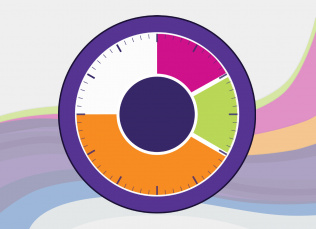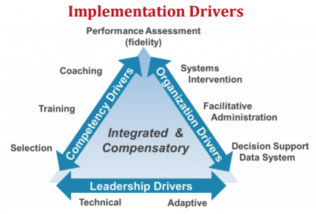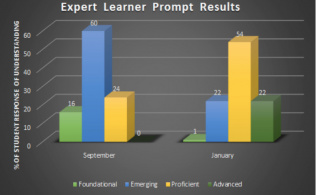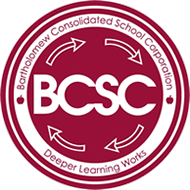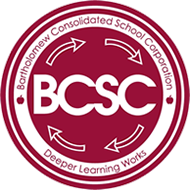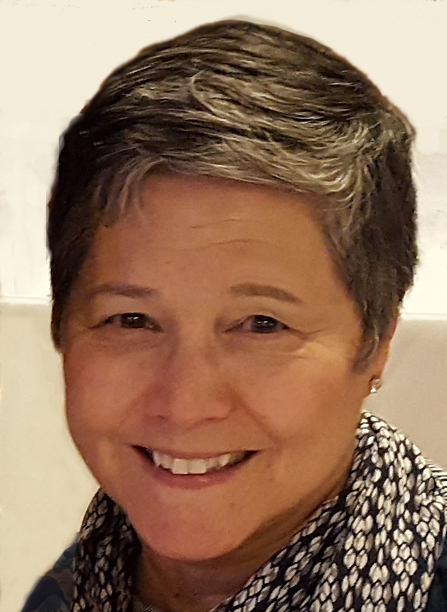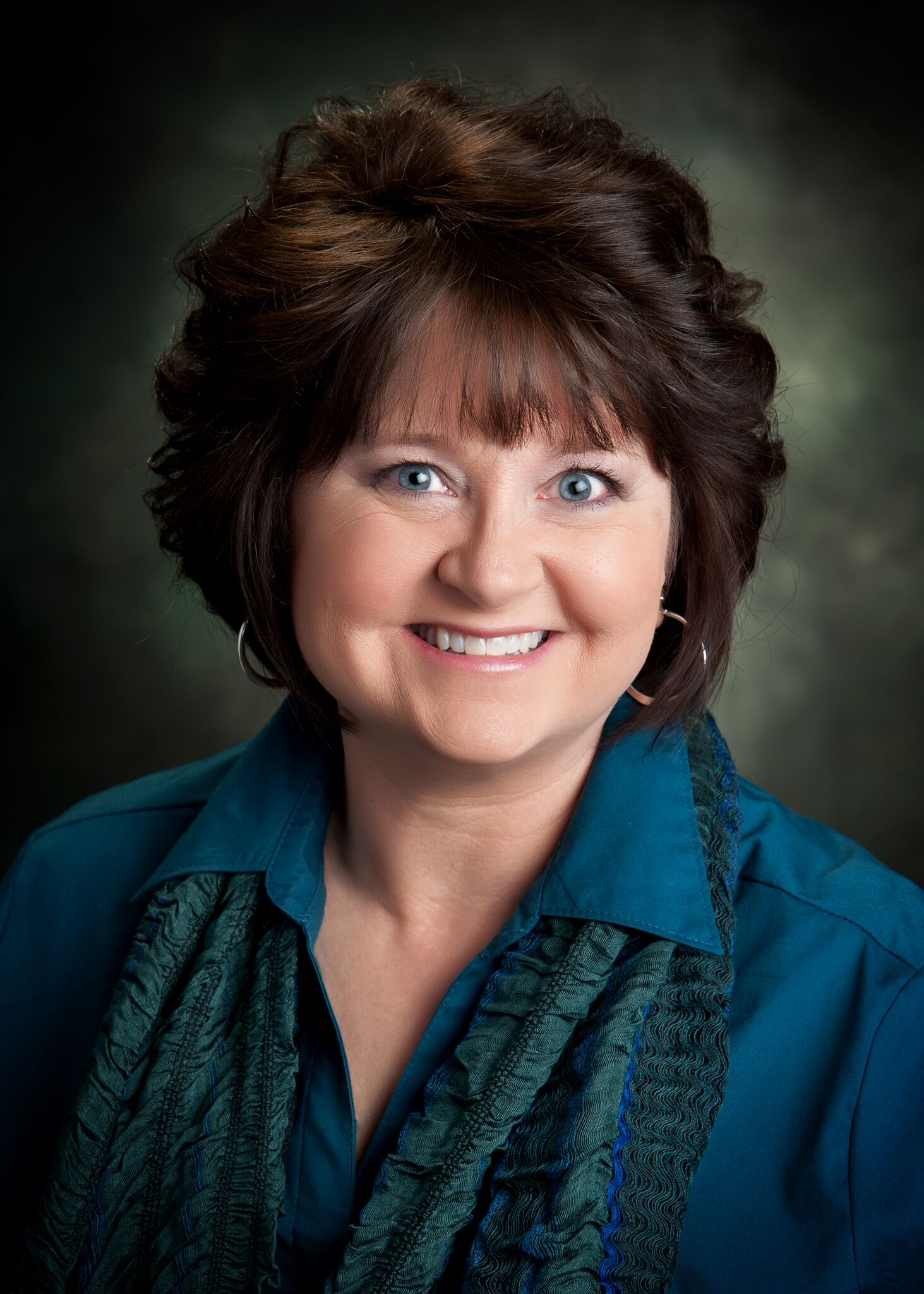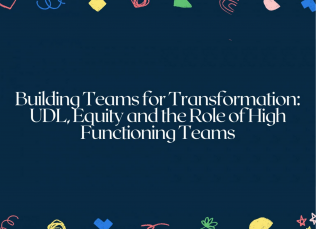
Building Teams for Transformation: UDL, Equity and the Role of High Functioning Teams
In this session, join Lisa Williams and Liz Berquist as they share how UDL can be a lever for moving equity theory to practice.
With an understanding of how race and racism operate in classrooms and schools, we can harness the power of the UDL framework to tear down broken systems and design new ways of being. This can only occur if we are willing to be expert learners and look internally at our own practices and beliefs. In this session, join Lisa Williams and Liz Berquist as they share how UDL can be a lever for moving equity theory to practice. Guided by their work in the Baltimore County Public School System (BCPS), the 25th largest district in the US, Lisa and Liz will offer actionable practices for developing high functioning teams capable of disrupting oppressive practices and designing equitable, universally designed learning environments.
Share this resource:
Posted date:
January 21, 2022

